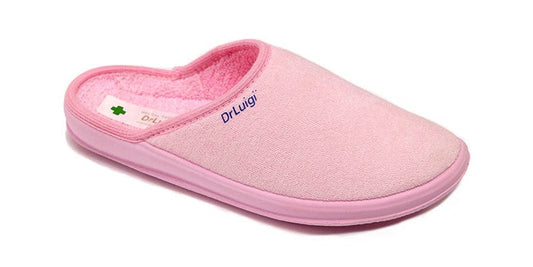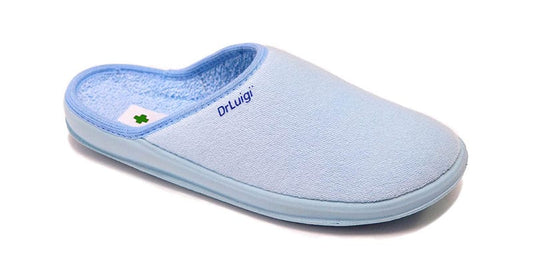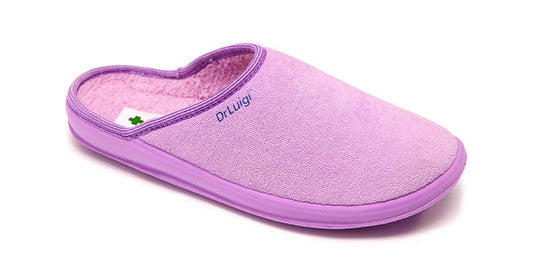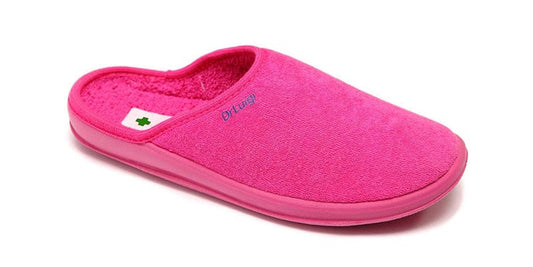A natural therapeutic method called reflexology includes rubbing or pressing on certain areas on the foot. Reflexologists contend that by stimulating these so-called reflex points, which relate to many bodily organs and systems. they may enhance general health and wellbeing.
A reflexology foot chart may be used to study and identify reflex spots on the feet. These diagrams of the foot often have distinct reflex sites identified and related to various body sections on these charts. The big toe, for instance, may represent the head, while the heel, the lower back, and the spine might be represented by the heel.
Foot Chart
A reflexology foot chart can help practitioners identify the reflex points they need to work on during a treatment. For example, if a person is experiencing a headache, the practitioner can locate the reflex point for the head on the foot chart and focus on massaging or applying pressure to that area.
A reflexology foot chart is a useful tool when it comes to massage; reflexology massage often entails applying pressure to the reflex spots with the thumb, fingers, or a tiny instrument. Depending on the patient's demands and the practitioner's preferences, the massage can be either hard or mild. The recipient can receive the massage while sitting or lying down, and the therapist may apply lotion or oil to the skin to make it easier for the fingers to move over it.
Reflexology practitioners can employ various methods in addition to utilizing a foot chart to aid in healing and relaxation. To assist the individual, unwind and let go of any unfavorable feelings or ideas, they could, for instance, utilize visualization and uplifting affirmations. To aid the individual in relaxing and lowering their stress levels, they could also utilize aromatherapy, using smells like lavender or peppermint.
Benefits
Reflex therapy is a method of stimulating the sympathetic and spinal cord portions of the central nervous system. Since of this, blocked systems in the body and brain can be awakened through the feet and hands because they are so sensitive to touch.
Reflexology aids in the treatment of:
- Sinus infections, bronchitis, colds, and coughs.
- Headaches and physical weariness
- Skin-related issues (abscess, fungal infections, eczema, oily skin, psoriasis, herpes)
- Circulation issues
- Digestive tract issues
- Gastroenteritis and stomach ulcer
- Menstrual cycle issues and menopause
- Diabetes and high blood pressure
- Back issues, sciatica, and neuropathic pain
- Intestinal inflammation
Reflexology massages can also help with circulation, pain relief, stress reduction, relaxation, and pain management. Reflexology is an alternative therapy that may aid with symptom relief, but it should be used in combination with medical treatment. This is crucial to keep in mind.
It's crucial to remember that only qualified professionals should carry out reflexology. To be confident that a practitioner is qualified and will provide a safe and effective treatment, check to see whether they are licensed, certified, or trained in reflexology before hiring them.
Reflexology practitioners may find a reflexology foot chart to be a helpful tool for identifying and locating reflex sites on the feet that connect to various sections of the body. Practitioners can advance general health and well-being by massaging or applying pressure to these locations. Although reflexology massage can assist with some illnesses' symptoms, it should always be done in combination with medical care. To guarantee a safe and successful treatment, it's crucial to identify a skilled reflexologist if You're interested in giving it a try.





